Transportation of dangerous goods by road is a serious matter; therefore, it’s crucial to prioritise careful planning through the following:
- ensuring safety measures;
- adhering to regulations;
- promoting eco-friendly logistics practices.
Failure to comply with these regulations could result in disastrous consequences. This blog post will provide you with the ultimate guide to safely transporting dangerous goods by road.
What are dangerous goods?
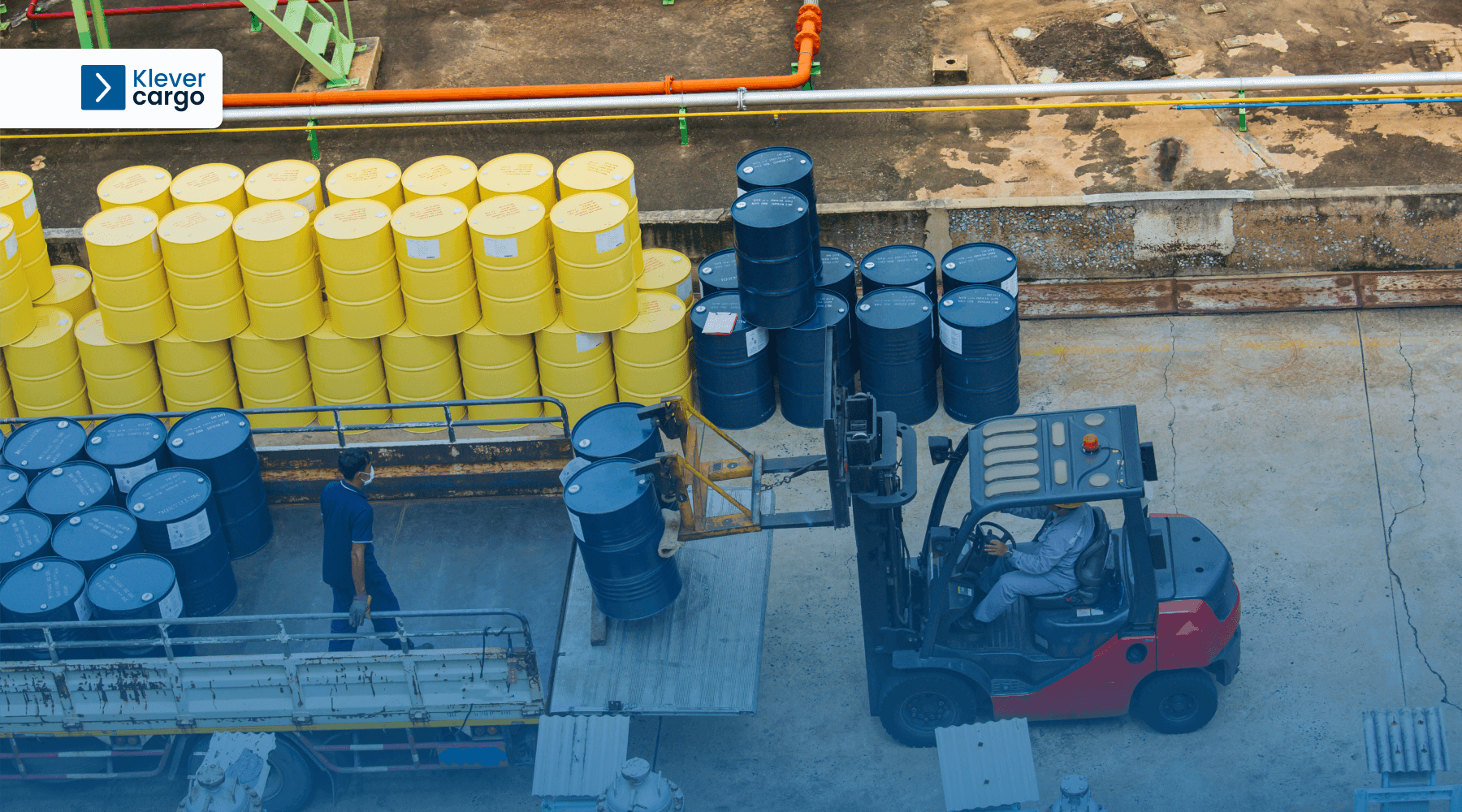
Dangerous goods are substances that can pose risks to human health and the environment. As these dangerous goods frequently require transport, they must be handled carefully.
These goods can be in various forms:
- liquids;
- gasses;
- solids;
- mixtures.
They can have different hazardous properties, including:
- flammability;
- toxicity;
- corrosiveness;
- explosiveness;
- environmental harm.
Ensuring the safe transportation of dangerous goods requires proper packaging and labelling. Carriers must adhere to specific regulations and employ trained drivers capable of handling these goods to protect all involved in the transportation process.
9 classes of dangerous goods
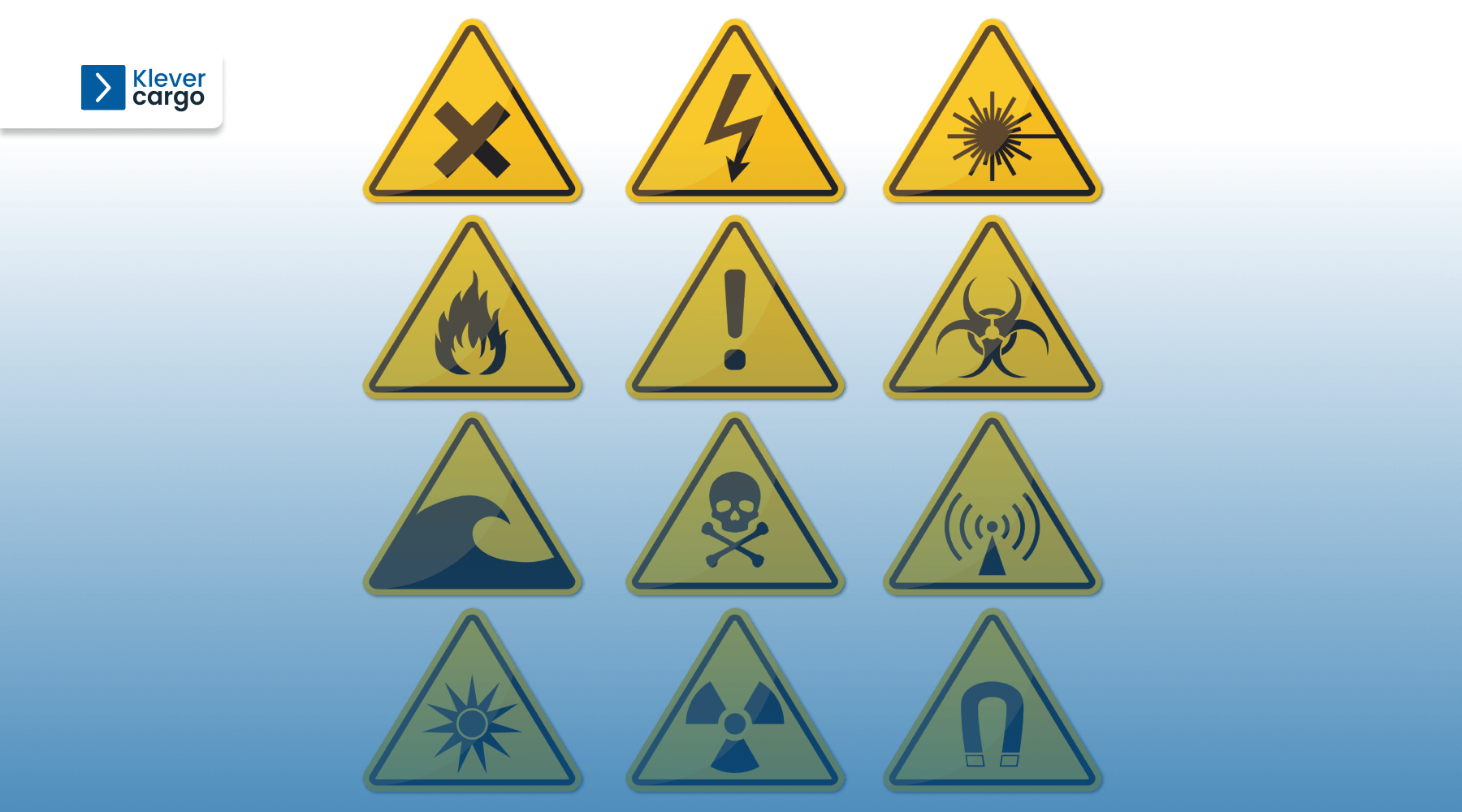
The United Nations (UN) divides dangerous goods into nine classes based on their hazardous properties. With these classes, a shipper or a carrier will have an easier time understanding what they’re dealing with. These nine classes of hazardous goods are:
Class 1: Explosives
Substances that can cause an explosion or have explosive properties. This class is further divided into six divisions based on the type of explosion hazard:
- division 1.1 – substances that can cause massive explosions with significant blast effects;
- division 1.2 – substances that don’t cause massive explosions but have an extensive reach. These explosives can launch fragments at a bit distance when detonated;
- division 1.3 – substances that have a fire hazard. They have either a minor blast effect or a minor projection hazard, or both;
- division 1.4 – substances without a significant blast hazard and a minor fire hazard;
- division 1.5 – very insensitive substances that have a mass explosion hazard. The chances of these substances detonating are minimal under normal transport conditions;
- division 1.6 – these substances also have a minimal chance of detonation without a mass explosion hazard.
Some examples of frequently transported explosives are:
- TNT;
- emulsion explosives;
- detonating cord;
- C-4, etc.
Class 2: Gasses
This class refers to compressed, liquefied, or dissolved gasses with dangerous properties. This class is divided into three divisions:
- flammable gasses;
- non-flammable gasses;
- toxic gasses.
Some examples of frequently transported gasses are:
- propane;
- methane;
- butane;
- nitrogen;
- ammonia.
Class 3: Flammable liquids
These liquids can catch fire easily because they have a low flashpoint and release vapours under pressure.
Some examples of frequently transported flammable liquids are:
- gasoline;
- ethanol;
- acetone;
- methanol;
- benzene.
Class 4: Flammable solids
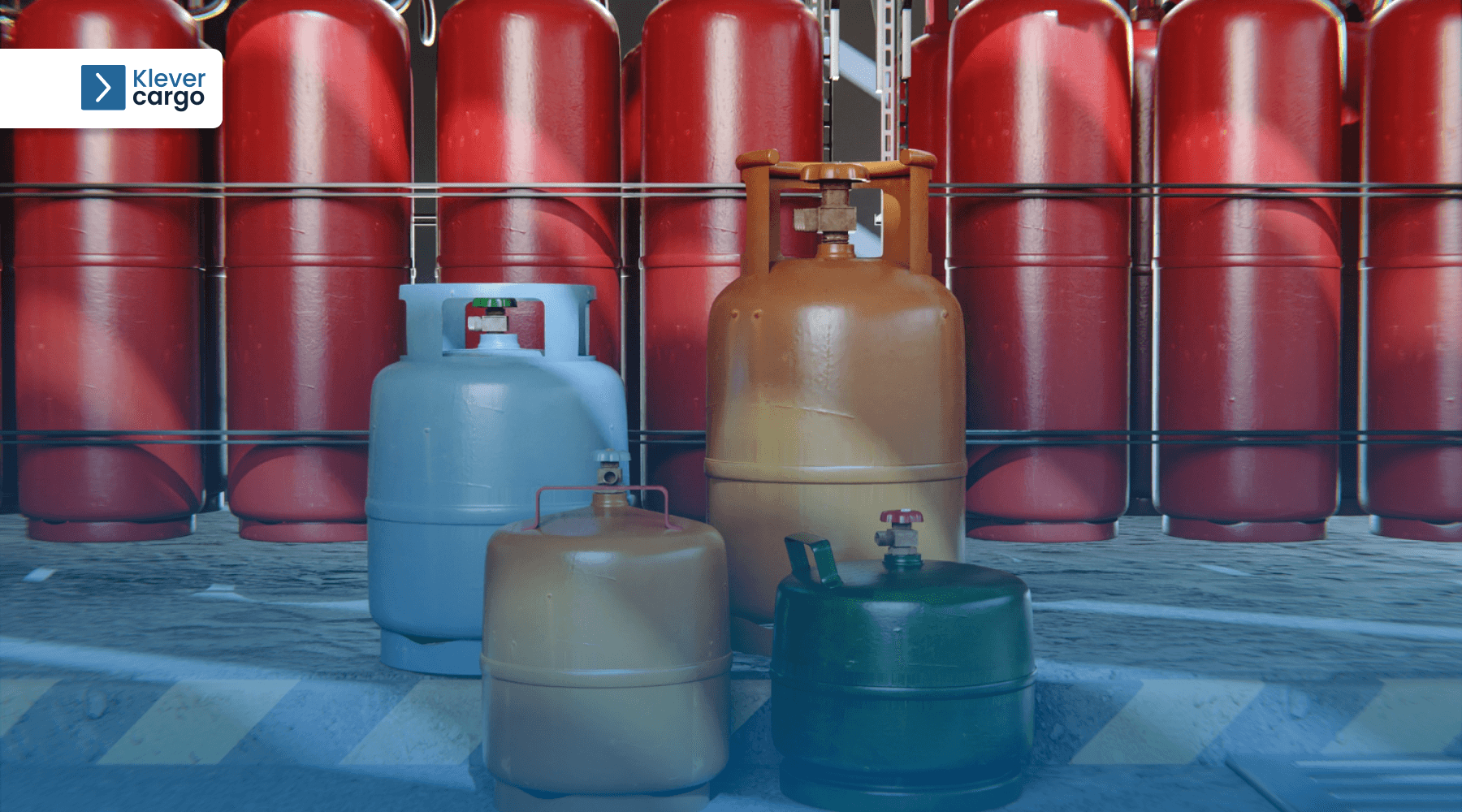
This class includes substances that are flammable in solid form. They can spontaneously ignite or produce flammable gasses when in contact with water. It’s divided into three divisions:
- flammable solids
- substances liable to spontaneous combustion;
- substances that emit flammable gasses.
Some examples of frequently transported flammable solids are:
- matches;
- magnesium;
- gunpowder;
- charcoal.
Class 5: Oxidising agents and organic peroxides
Substances that can release oxygen and enhance combustion, leading to fire hazards. This class is divided into two divisions:
- oxidising agents;
- organic peroxides.
Some examples of frequently transported oxidising agents and organic peroxides are:
- Hydrogen peroxide;
- Nitric acid;
- Ammonium nitrate.
Class 6: Toxic and infectious substances
These dangerous goods can cause harm to human health when exposed to them. They can get in contact through inhalation, ingestion, or skin contact. This class is divided into two divisions:
- toxic substances;
- infectious substances.
Some examples of frequently transported toxic and infectious substances are:
- bacteria and viruses;
- pesticides;
- industrial chemicals;
- asbestos;
- pharmaceutical drugs.
Class 7: Radioactive materials

These are substances that emit ionising radiation. It can pose significant health risks to people and the environment.
Some examples of frequently transported radioactive materials are:
- Iodine-131;
- Cobalt-60;
- Uranium-235;
- Plutonium-239.
Class 8: Corrosive substances
These substances can cause severe damage to living tissues or other materials. Examples include strong acids and alkalis.
Some examples of frequently transported corrosive substances are:
- Sulfuric acid;
- Hydrochloric acid;
- Phosphoric acid;
- Ammonium hydroxide.
Class 9: Miscellaneous dangerous goods
This class includes hazardous substances that don’t fall into the previous eight categories. Still, they present a danger during transportation. Examples include lithium batteries, asbestos, and magnetised materials.
Some examples of frequently transported miscellaneous dangerous goods are:
- lithium batteries;
- magnetised materials;
- dry ice;
- safety flares.
Difference between dangerous goods and hazardous materials
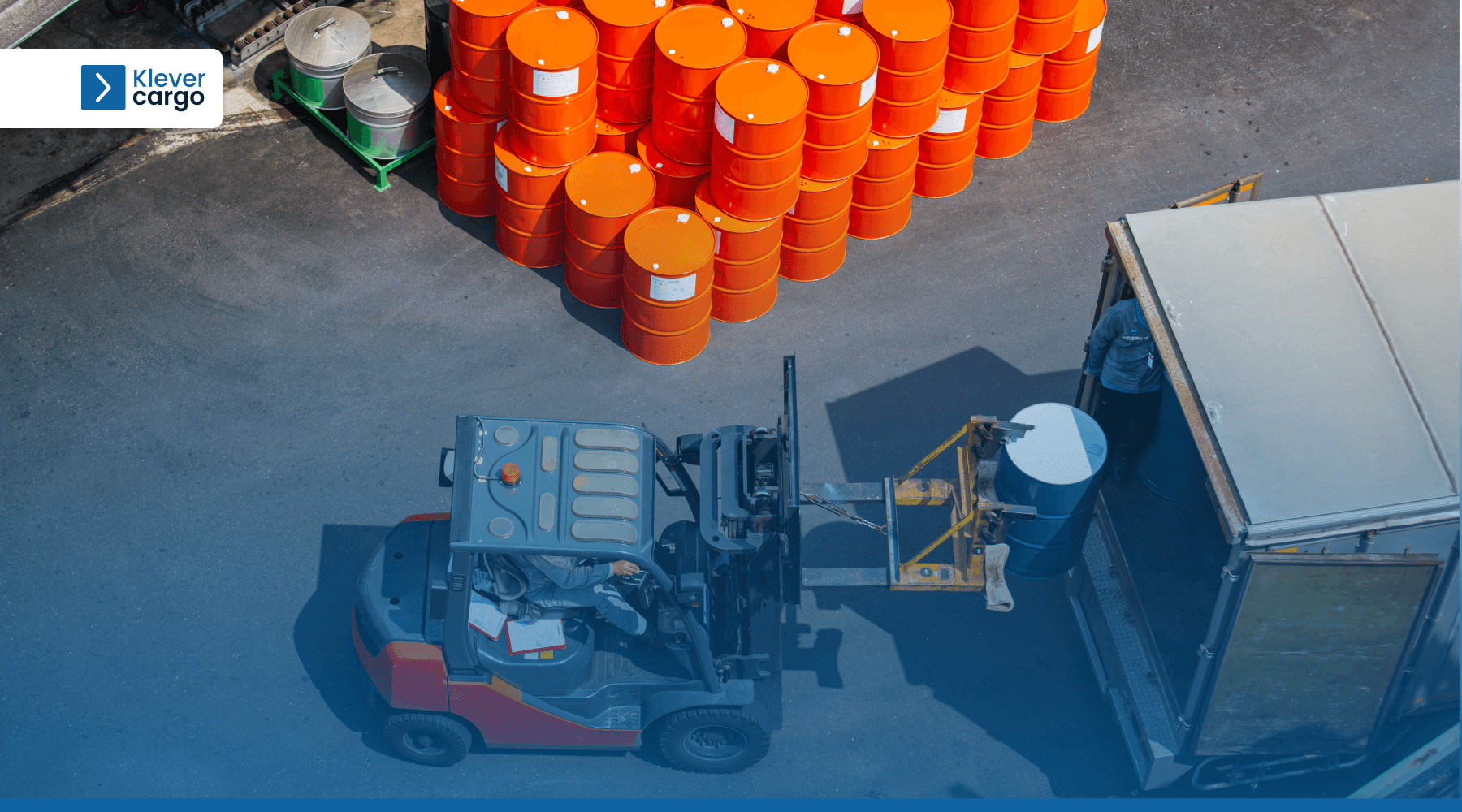
Dangerous goods are materials that pose a risk during transportation. Hazardous materials are substances that can pose a threat in various situations for:
- health;
- safety;
- property;
- the environment.
These terms are often used as synonyms. However, more differences separate them.
Firstly, dangerous goods refer specifically to transport. Hazardous materials can pose a threat to any environment.
Dangerous goods are classified by the type of danger they pose. That helps in deciding how to handle the goods during transportation. It’s also a great signal of which safety measures to apply.
There are strict measures during transportation to prevent any accidents with dangerous goods.
Hazardous materials can also include dangerous goods transported during shipments. However, they can also pose a risk in workplaces, consumer products, and other scenarios.
They are categorised based on potential hazards, including:
- flammability;
- toxicity;
- reactivity, and similar features.
Regulations regarding dangerous goods
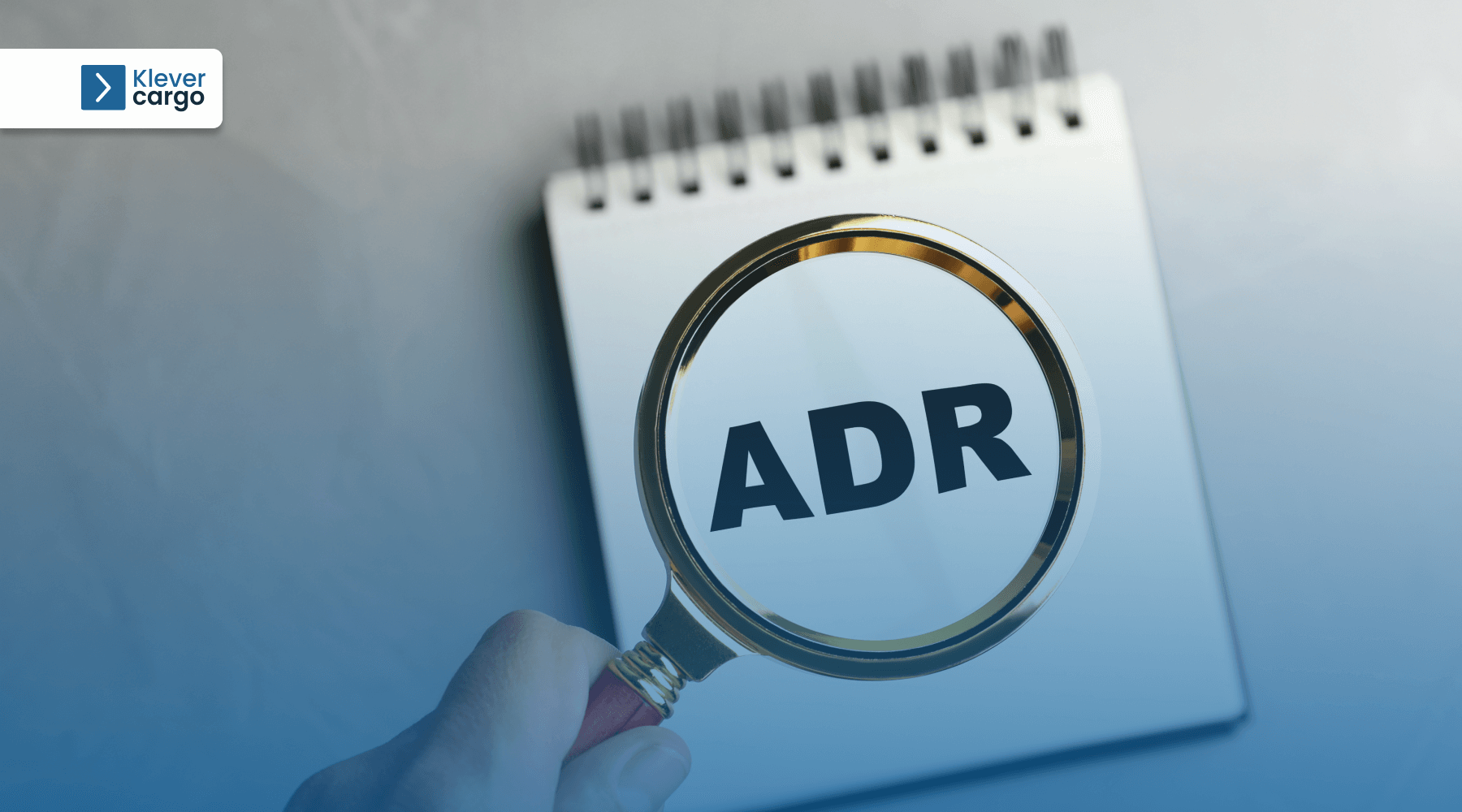
Regulations regarding dangerous goods are essential to ensure safety during the entire process. It involves rules for handling, storing, and transporting hazardous goods. They are designed to minimise the risks of dealing with dangerous goods.
-
United Nations Recommendations on the Transport of Dangerous Goods (UNRTDG)
UNRTDG is a set of regulations to ensure transportation safety for dangerous goods. It covers each part of the logistics process.
The UNRTDG covers a wide range of dangerous goods. It classifies them based on their hazards. It requires specific packaging and handling requirements to minimise their risks during transportation.
The regulations of the UNRTDG include the following:
- classification of dangerous goods;
- packaging;
- marking and labelling;
- documentation;
- placards on vehicles;
- emergency response in case of an accident;
- training and awareness;
- exemptions;
- consignment procedures;
- compatibility of goods for transport.
The main goal of the UNRTDG is to protect public health and safety by preventing accidents. These regulations are essential for all participants in the transportation process.
-
ADR
ADR stands for “Accord européen relatif au transport international des marchandises Dangereuses par Route.” That translates to the European agreement concerning the international carriage of dangerous goods by road.
It’s a treaty with the approval of the United Nations Economic Commission for Europe (UNECE). Its goal is to regulate the transportation of dangerous goods by road in Europe and other participating countries.
Put simply, ADR is another set of rules and regulations to ensure the safe transportation of dangerous goods on the road. It covers various hazardous goods and applies to all vehicles.
The key aspects of ADR regulations are:
- classification (a system for grading goods based on their risks);
- packaging (requirements for adequately packaging the goods for transport);
- marking and labelling (warning signs for pointing out the presence of dangerous goods);
- documentation (transport documents and instructions for handling the goods);
- vehicle requirements (equipment standards for transporting dangerous goods);
- driver training (training drivers for handling and transporting dangerous goods);
- emergency response (how to react in case of an emergency).
Responsibilities of stakeholders in transporting dangerous goods
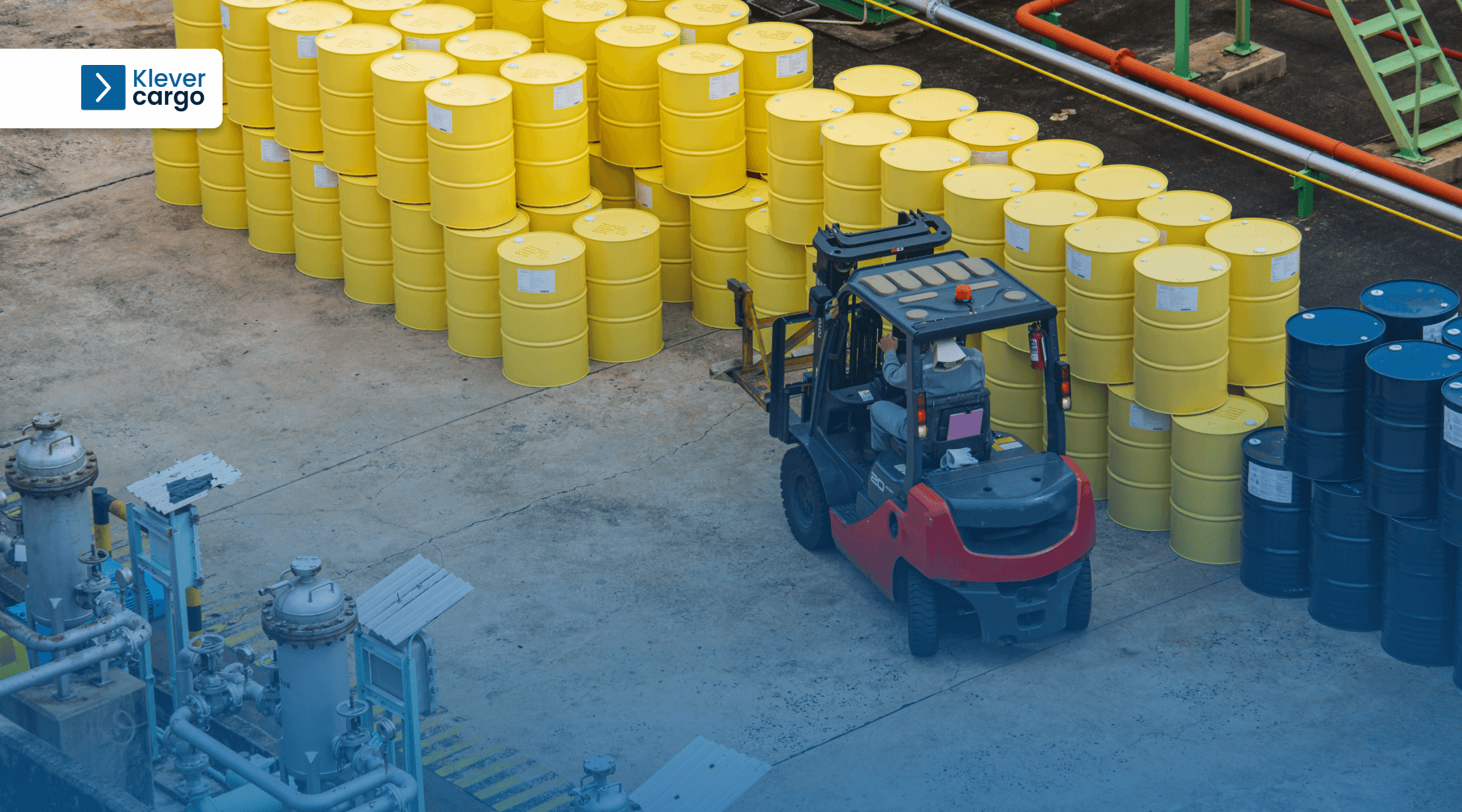
1. Shippers
The responsibilities of shippers when transporting dangerous goods include classification, packaging, and labelling. They must also provide precise documentation to ensure compatibility among goods and prevent any dangerous reactions.
Additionally, shippers need to implement security measures to secure dangerous goods during transport, contributing to safe transportation and reducing risks to public health and the environment.
2. Carriers
Carriers have a crucial responsibility in safely transporting hazardous goods. They must carefully load and unload materials, use appropriate vehicles, secure the goods, and have contingency plans in case of accidents.
Effective communication and proper separation of dangerous materials are also essential to protect people and the environment during transportation.
3. Consignees
Consignees must check and accept the goods carefully. Once they receive them, they must take care of the safety storage procedure. Consignees need to be well-informed about handling dangerous goods. They should undergo training in safe receiving, storage, and handling procedures for dangerous goods.
Additionally, they must learn to recognise potential hazards and understand how to respond to emergencies.
Packaging requirements for transporting dangerous goods
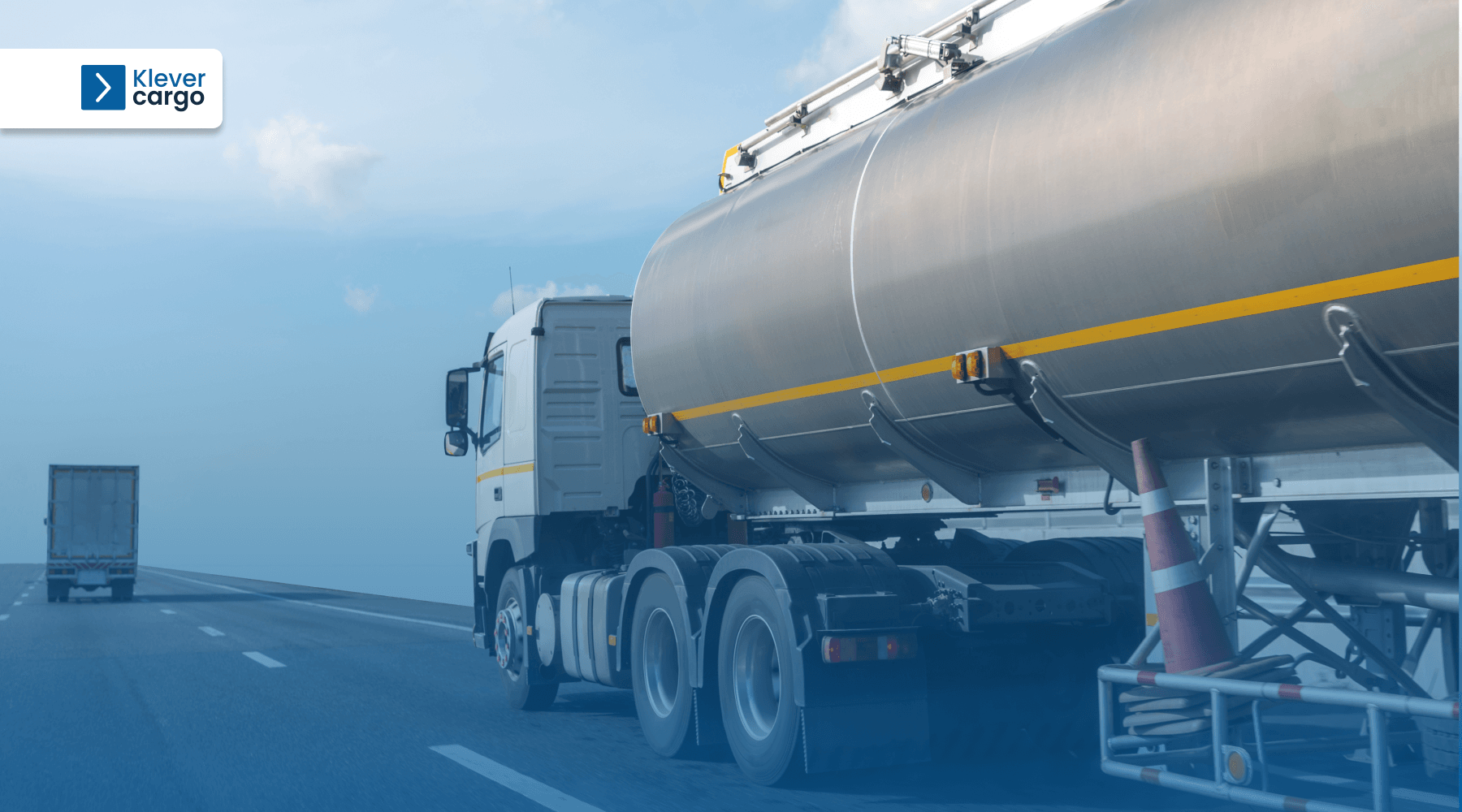
Proper packaging is crucial for the safe transportation of dangerous goods. The requirements vary depending on the class of dangerous goods being transported.
Class 1: Explosives
Strong containers that can withstand the forces of an explosion must package explosives. Minimising the risk of accidental initiation and preventing unauthorised access should be the goals when designing the packaging.
Class 2: Gasses
Gas cylinders must be able to withstand pressure changes and prevent leakage.
Class 3: Flammable liquids
Tightly sealed containers are necessary for storing flammable liquids. The containers should resist leakage and spillage and have a secure closing mechanism to prevent accidental openings.
Class 4: Flammable Solids
To prevent ignition, package flammable solids in non-flammable containers and use containers that allow pressure release to avoid bursting.
Class 5: Oxidising agents and organic peroxides
These dangerous goods require special packaging to prevent reactions with other substances. The packaging should be resistant to the chemicals’ corrosive properties.
Class 6: Toxic and infectious substances
Toxic and infectious substances must be packaged to prevent leakage or contamination. It should be designed to protect handlers from exposure.
Class 7: Radioactive materials
Radioactive materials need special packaging to protect against radiation. The packaging should be clearly labelled as radioactive.
Class 8: Corrosive substances
Corrosive substances require packaging that is resistant to the chemicals’ corrosive effects. It should prevent leakage and protect handlers from contact.
Class 9: Miscellaneous dangerous goods
Packaging requirements for Class 9 materials vary depending on the specific hazardous properties of the goods. Proper packaging should prevent leakage, spills, and reactions with other substances.
Vehicle and equipment requirements for transporting dangerous goods
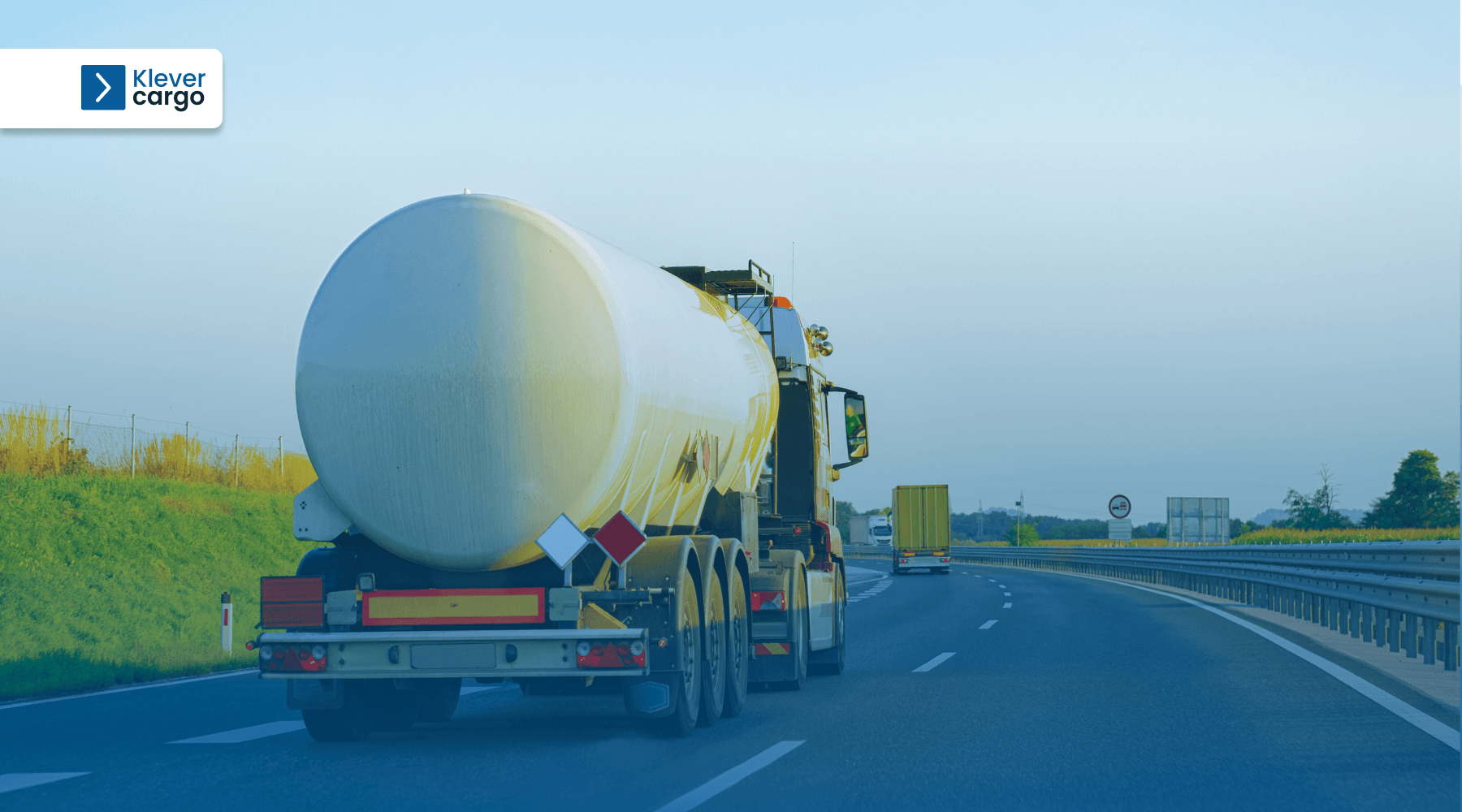
Transporting dangerous goods requires specialised vehicles and equipment that match the type of dangerous goods being transported. Proper safety containers must be used to hold the materials securely and prevent leaks or damage. Additionally, emergency equipment such as fire extinguishers and spill kits must be easily accessible to drivers, along with emergency instructions and contact details.
Regular maintenance, thorough inspections, and proper training for drivers handling dangerous goods can prevent mechanical issues during transportation. All vehicles and equipment must follow national and international regulations to ensure the security of the cargo.
Labelling and documentation requirements for transporting dangerous goods
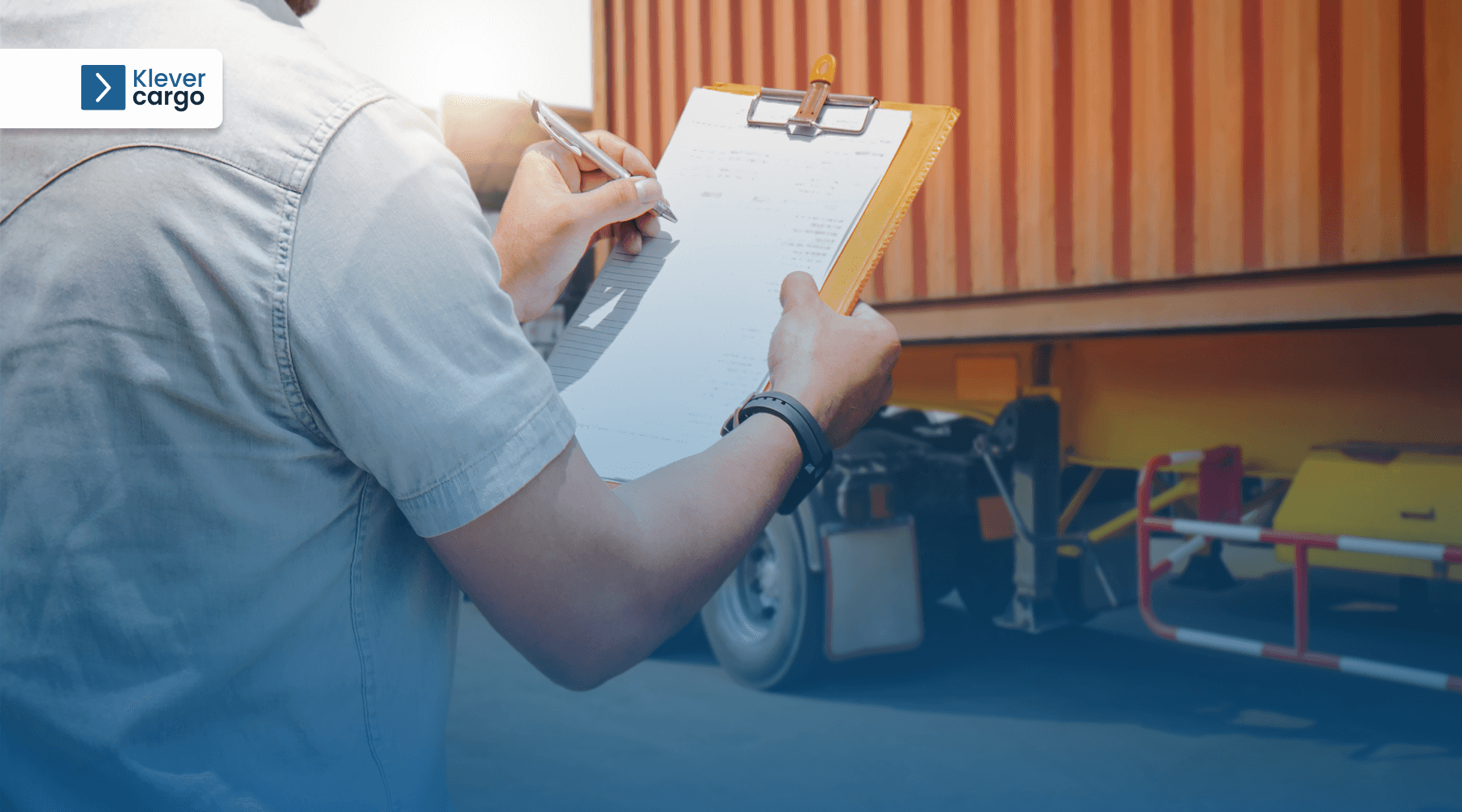
Proper labels and accurate documents ensure everyone involved knows about the potential hazards. It also instructs how to handle the materials safely.
-
Labelling requirements
There are four main requirements for labelling dangerous goods:
- Hazard labels: Dangerous goods must have clear symbols and colours showing their class and division.
- Handling instructions: Labels may include simple instructions like “Do Not Drop” or “Keep Upright” for safe handling.
- UN Number: Each dangerous good has a unique UN number. It’s displayed on the label for easy identification.
- Proper placement: Labels are put in visible spots on each package for quick recognition.
-
Documentation Requirements
Documentation-wise, there are also four main components.
Dangerous goods declaration: This document is necessary for each shipment. It describes:
- the hazardous materials;
- their names;
- UN numbers;
- hazard class;
- packing group.
Emergency response information: This document provides contact details for the shipper, consignee, and emergency response agencies.
Shipment details: Include information about the sender, receiver, and carrier. It also points out the quantity and type of dangerous goods.
Consignee Instructions: The document may have special instructions for the receiver about safe handling and storage.
Proper labelling and documentation help everyone understand the risks involved and respond appropriately. Transportation personnel can quickly identify hazards through labels. The transport document guides them to a safe response.
Challenges of transporting dangerous goods
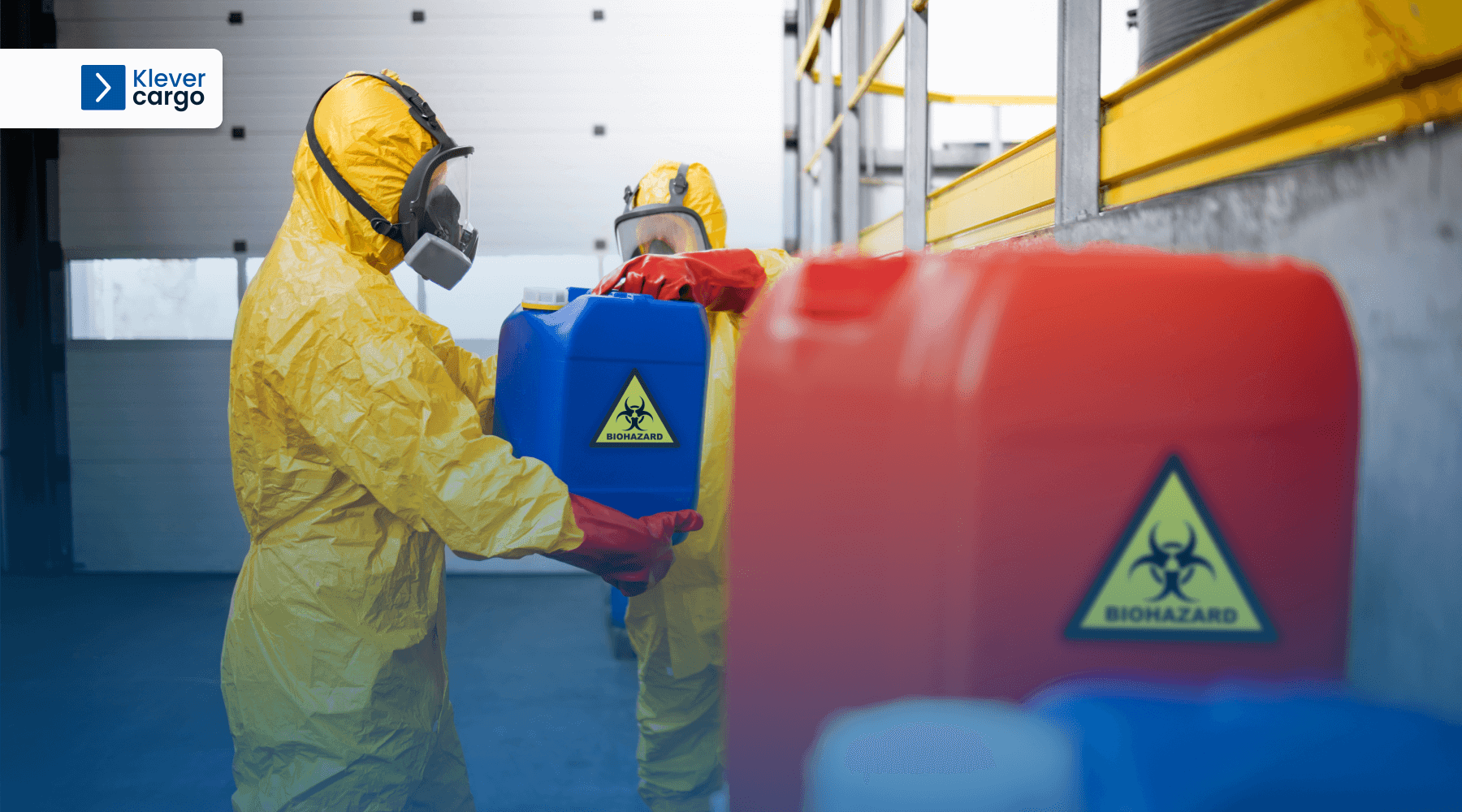
1. Safety
Transporting dangerous goods has its safety challenges. Mishandling or accidents can lead to severe consequences. When transporting these goods, an accident can be very troublesome. It can cause spills or explosions, which may have devastating effects.
Improper handling is another challenge in transporting dangerous goods. Improper loading, unloading, or transportation handling can lead to hazardous situations.
Finally, a lack of safety measures can be a big obstacle. The UNRTDG and ADR rules exist for very good reasons. However, some carriers don’t have adequate safety protocols. That makes handling dangerous goods a lot more risky.
Connect with educated carriers
A practical solution to these concerns is a web-based platform like KleverCargo. It addresses safety concerns by connecting shippers and manufacturers with educated carriers specialising in handling dangerous goods.
By promoting trust and reliability in business partnerships, KleverCargo ensures that only competent and responsible carriers can get access to the platform.
The procedure of finding a carrier on the platform is very straightforward:
1. Once you log in to the platform, click the Create new button. Then, select the Transport request option.

2. That will take you to a menu where you can input all the cargo’s details.
You can provide the info about the following:
- pickup date and time;
- delivery date;
- package height and weight;
- packaging method, and other relevant information.

3. Check the Hazardous (ADR) box for handling hazardous goods. Then, you can use the General description box to give detailed info about the package.

Simple as that.
2. Environmental impact
Improper management of dangerous goods transportation can result in environmental damage due to spills or leaks, which can contaminate soil and water.
Some dangerous goods (especially gasses and chemicals) can cause air pollution. Hence, they mustn’t get released into the atmosphere during transportation.
Also, improper disposal of hazardous waste generated during transportation can further pollute the environment, making disposal a critical environmental concern.
3. Training and education
One of the critical challenges in transporting dangerous goods is ensuring that all personnel know how to handle these goods safely.
In some cases, personnel may lack knowledge about the specific hazards posed by different classes of dangerous goods. That usually happens when they don’t undergo the needed training. Without it, personnel won’t know how to handle emergencies or use protective equipment correctly.
Furthermore, staying updated with regulations related to transporting dangerous goods can be challenging.
You can use the KleverCargo platform to get access to verified transporters and find ones specialised in transporting dangerous goods.
Follow this guide to post a transport offer:
1. Start by clicking on the Create new and selecting the Transport offer button.

2. Then proceed with adding all the necessary route information. However, if you’d like to include the transportation of hazardous goods, you have to check the Hazardous (ADR) box.

3. From there, you have to upload the ADR certificate to ensure your competence in transporting dangerous goods.

These practices provide clarity to all participants, making them know what they are dealing with.
4. Packaging
Proper packaging is another vital part of safely transporting dangerous goods. If not done correctly, it can lead to spills and leaks.
Hence, it’s crucial to choose suitable packaging materials. They must be compatible with the specific hazardous materials they contain.
In addition to compatibility, the packaging must be able to contain dangerous goods. That prevents leakage or spills during transit.
Some packaging materials may have environmental impacts. Hence, it’s vital to dispose of them properly.
5. Documentation
Accurate documentation is essential for the successful transportation of dangerous goods. Improper can lead to legal issues and safety concerns.
Firstly, the documentation must be complete. A common challenge for the transport industry is documentation without some of the vital info, such as:
- proper shipping name;
- UN number;
- hazard class;
- packing group.
The next point is compliance. Staying up-to-date with regulations related to the documentation of dangerous goods can be complex.
KleverCargo provides a user-friendly interface that guides shippers and carriers through documentation, ensuring all necessary details are correctly included.
For example, let’s say you want to create a transport request. You can automatically generate the CMR document when you input the data.
Plus, there is the option of depositing all of your documentation on the platform.
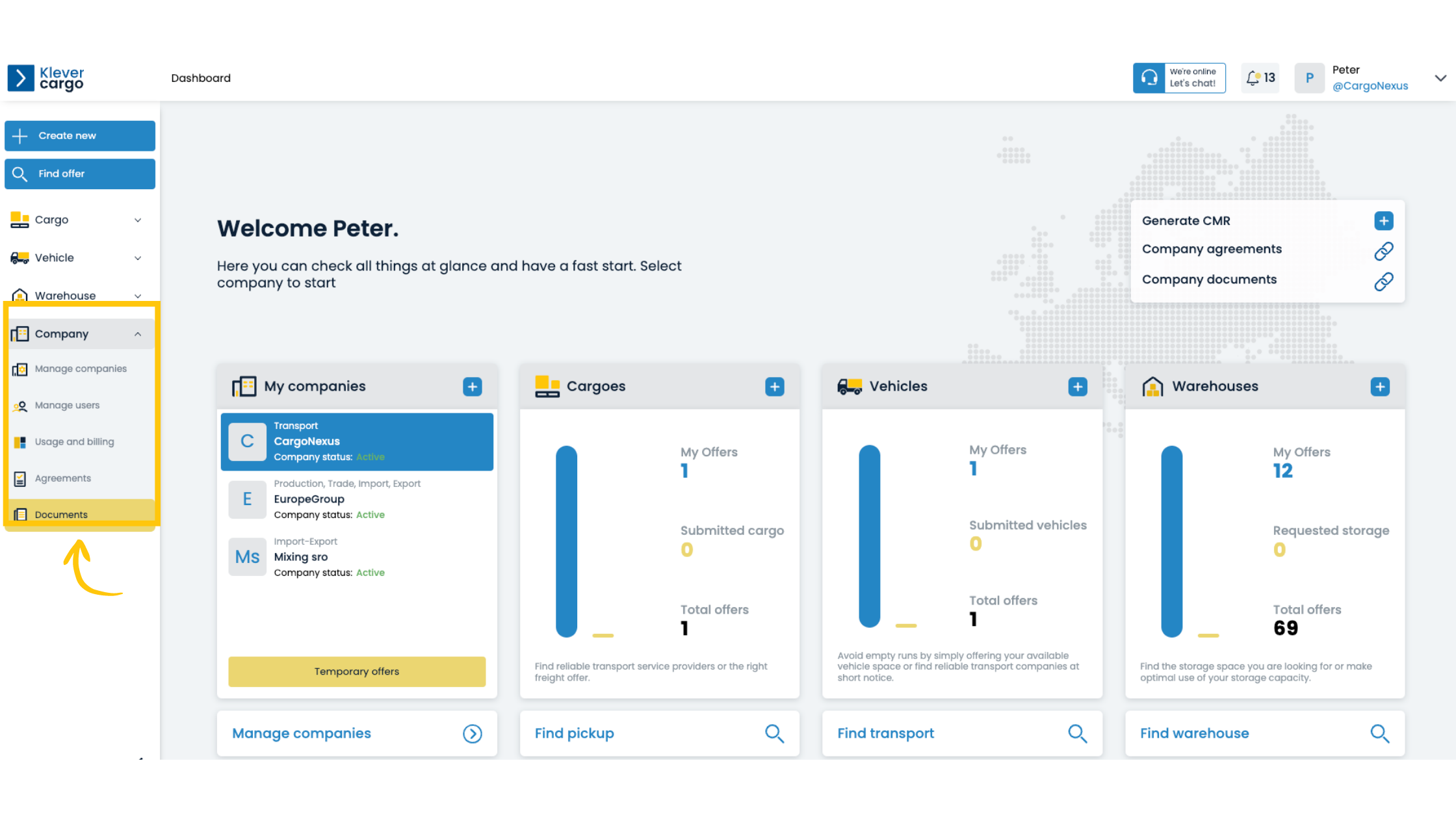
If you, for example, always transport dangerous goods, you’ll upload your ADR certificate only once, and for the rest of the time, you’ll have it on the platform so you can attach it whenever you need.

The same goes for the rest of your company’s paperwork.

Safety first
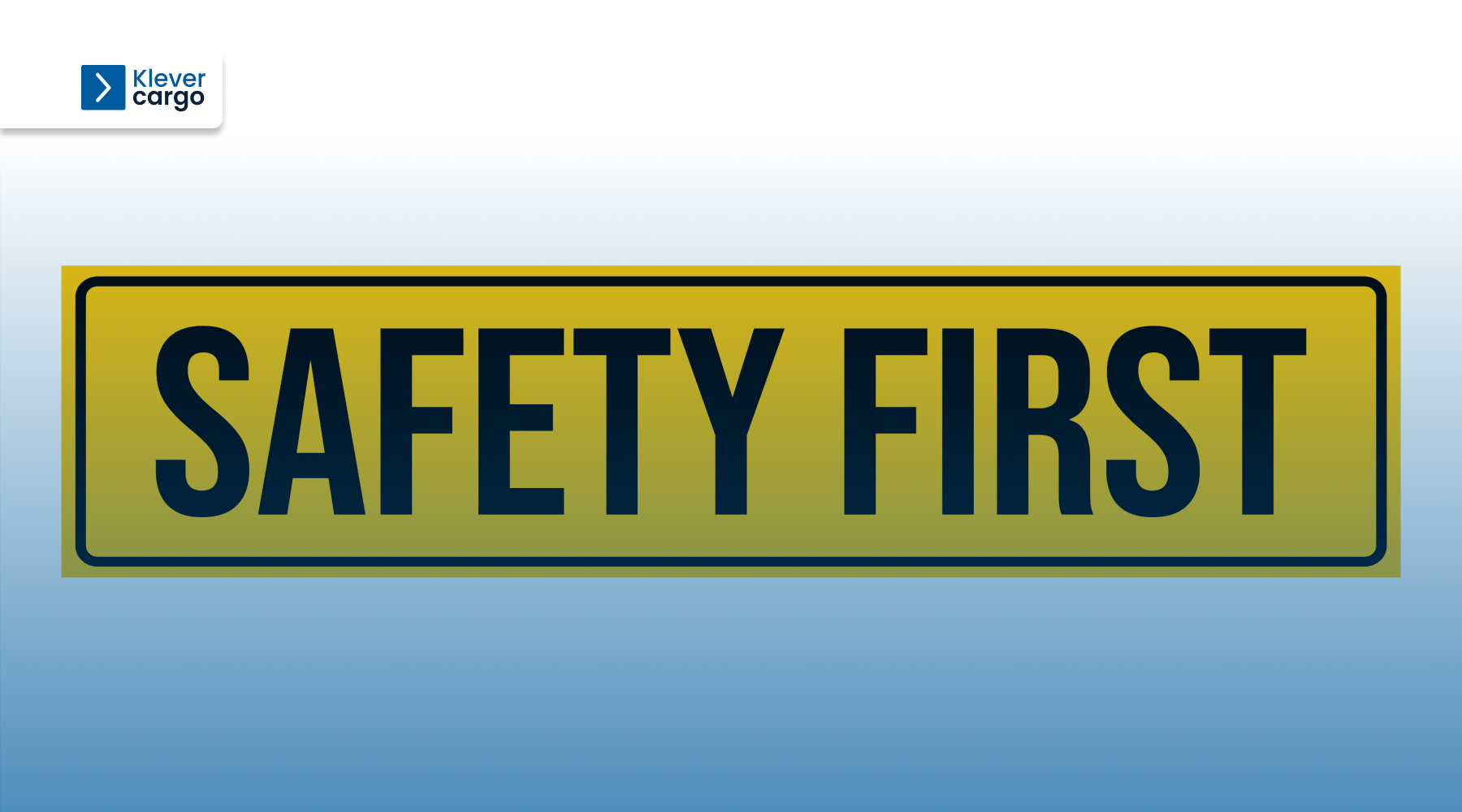
The transportation of dangerous goods by road is a complex procedure. It requires attention to safety and compliance with the best practices.
However, understanding dangerous goods and their properties makes it much easier to comply with the rules. KleverCargo stands out as a valuable resource for connecting trustworthy and educated carriers with shippers of dangerous goods. The best part is that registration is free.


